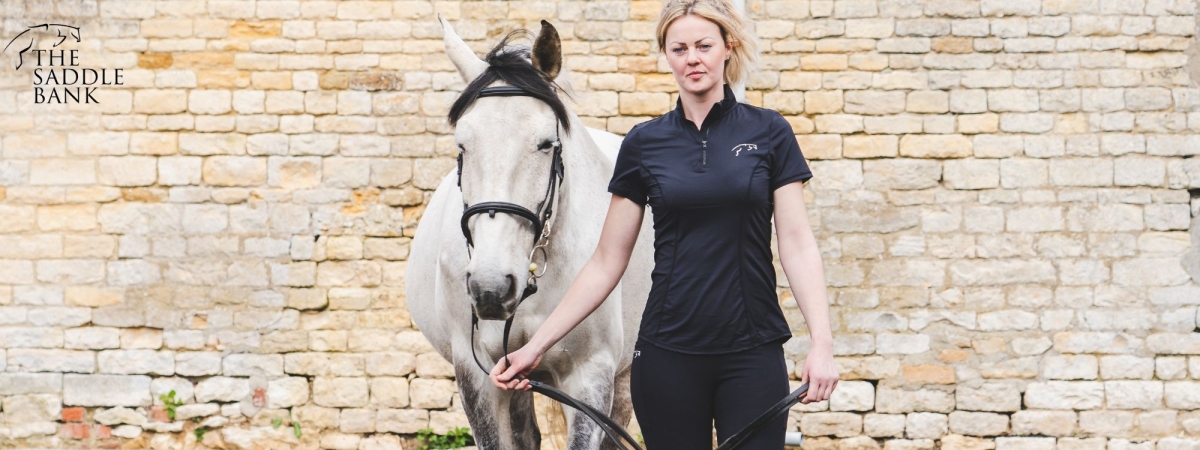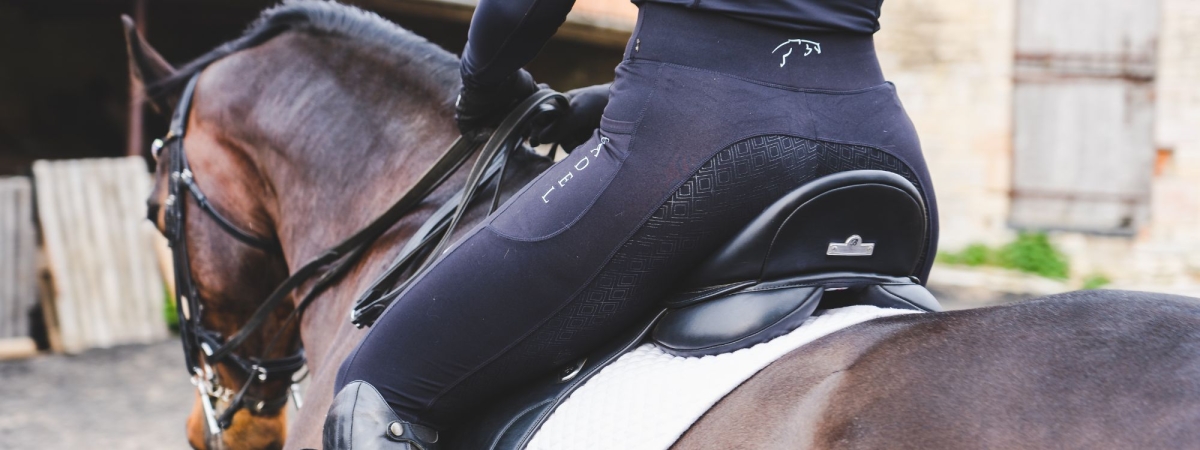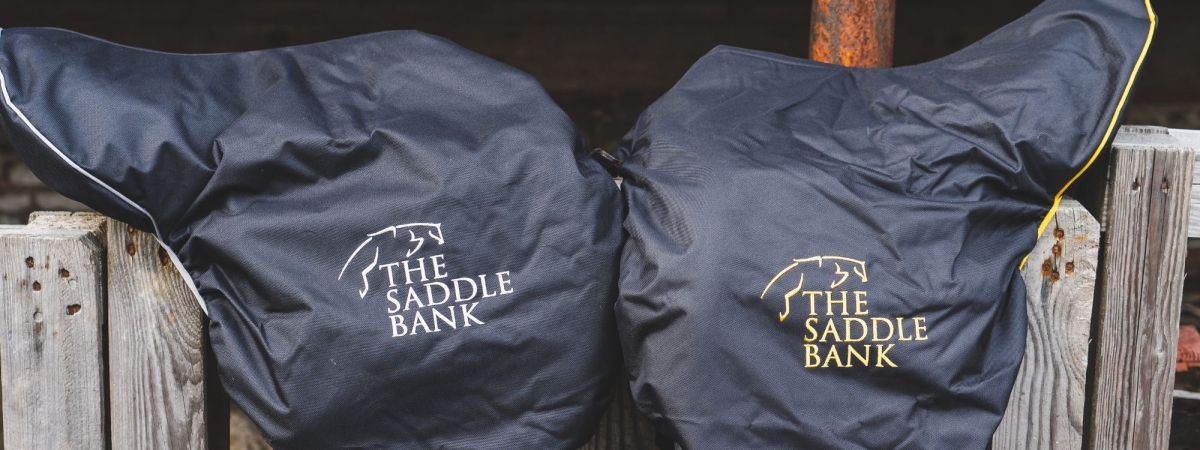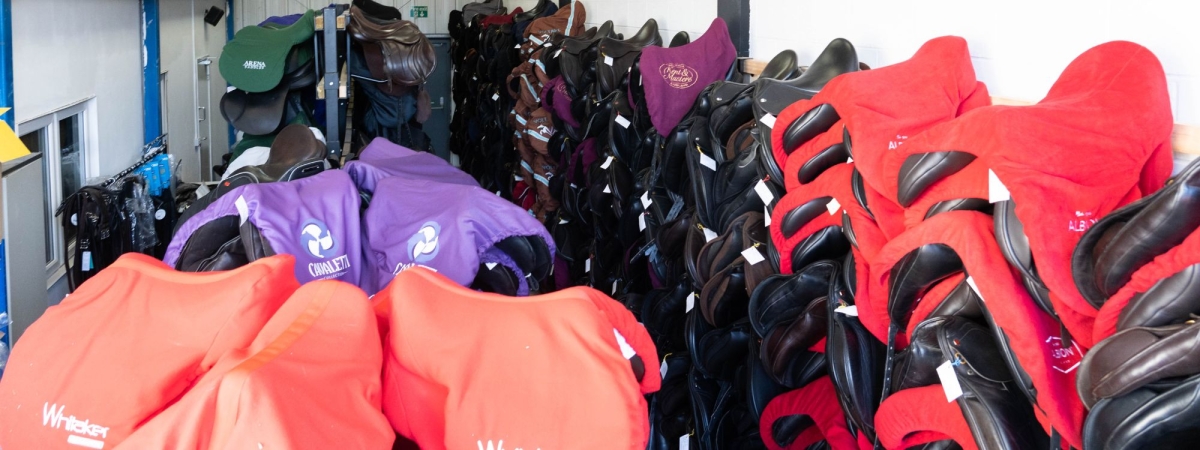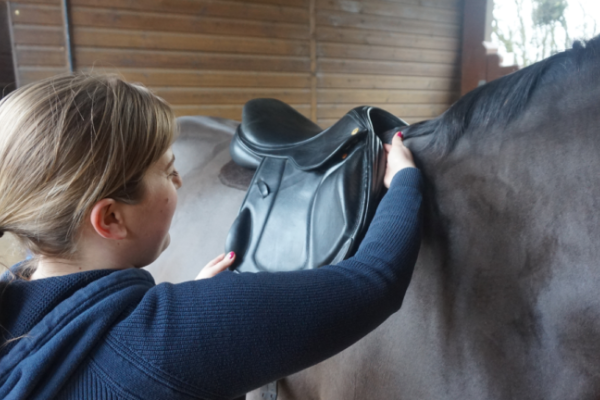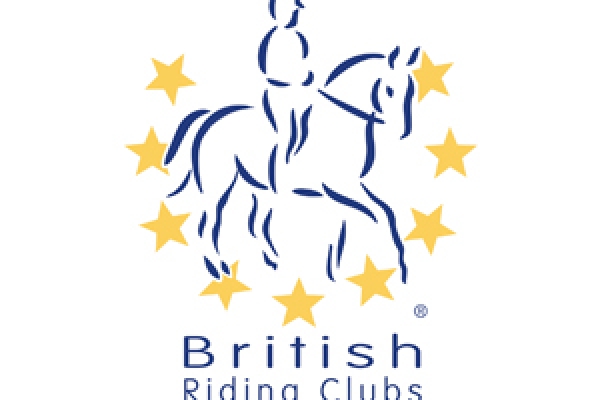The Step by Step Process of Buying a Horse
The Step-by-Step Process of Buying a Horse: From Viewings to Tack
Buying a horse is an exciting and significant decision that requires careful consideration and planning. Whether you are an experienced equestrian or a first-time buyer, it is crucial to follow a step-by-step process to ensure you find the right horse, complete the necessary vettings, arrange transportation, and have the correct tack once you bring your new equine companion home. In this blog post, we will guide you through each stage of the horse-buying process, providing valuable insights and tips along the way.
Step 1: Research and Preparation
Before embarking on the journey of buying a horse, it is essential to conduct thorough research. Determine your goals and requirements for owning a horse, such as intended discipline, experience level, budget, and desired age or breed. Familiarise yourself with different breeds and their characteristics to find one that aligns with your needs. As well as discussing it with your trainer/ friends they might be able to guide you as to any other requirements.
Whilst doing your research into horses or ponies that might be what you are looking you also need to ensure that not only they are suitable for you but that you are suitable for them. It is worth taking into consideration the horse's saddle support area as well as their height and weight carrying ability's. The horse or pony you are considering may be able to carry your weight but is their saddle support area the correct size to be able to take the seat size you need? If the saddle support area is smaller than the seat size you as the rider needs then you will not be able to find a saddle that fits you both. This must be a serious consideration to take into account when horse shopping as using a saddle that is to long for your new equine partner will cause unnecessary pain and behavioural issues, which could subsequently end in serious injury to the horse and rider.
Step 2: Viewings and Evaluations
Once you have a clear idea of what you are looking for in a horse, start attending viewings or contacting sellers. It is advisable to enlist the help of an experienced trainer or knowledgeable friend during this process. When viewing horses, pay attention to their temperament, conformation, movement, and overall behaviour. Also remember what it is you are looking for in your next equine partner, are the horses you are viewing suitable for your discipline and needs?
During viewings, interact with the horse both on the ground and under saddle if possible. Observe how they respond to handling, grooming, tacking up, and riding. Take note of any red flags or concerns that may arise during the viewing process.
Step 3: Vetting's and Pre-Purchase Examinations
After finding a horse that meets your criteria, it is crucial to arrange a pre-purchase examination (PPE) or vetting conducted by a qualified veterinarian. The vetting aims to assess the horse's health, soundness, and suitability for your intended purpose. A vetting certificate is also required by many insurance companies for horses over a certain value as well as the level of cover you are wanting to take out.
The vet will perform a thorough physical examination, including checking the horse's eyes, teeth, heart, lungs, limbs, and overall condition. Depending on the level of vetting they may also undertake diagnostic tests such as X-rays or bloodwork to identify any underlying issues if it is a 5 stage vetting.
Step 4: Transportation
Once you have successfully completed the vetting process and decided to proceed with the purchase, it is time to arrange transportation for your new horse especially if you don't have access to your own or if the horse is a long distance away. Depending on the distance and logistics involved, you can choose between hiring professional equine transport services or picking up your new steed yourself.
Ensure that the transportation method is safe and comfortable for the horse. Provide ample bedding, hay, water, and consider any necessary rest stops during long journeys. It is also important to check local regulations regarding equine transportation permits or health certificates if crossing any international borders.
Step 5: Getting the Correct Tack
Whilst it might not be possible to have a saddle ready for your new horses arrival (unless the purchase agreement includes tack!) Tack refers to all the equipment used for riding and handling horses. This includes saddles, bridles, bits, girths, stirrups, reins, and more. The Recognising Saddle Fit Issues course is a fantastic way to give you the understanding as an owner and rider of what to look for with your horse and saddle and when it is time to call your fitter out if needed in between fittings or when your new horse arrives! Click here to get started today!
To ensure proper fit and comfort for both you and your horse, seek advice from a professional saddle fitter once your horse has arrived, even if they are coming with tack. They can help you select appropriate tack based on your horse's conformation and your riding style.
If you would like some help narrowing down saddles that might work for you and your horse before your fitter arrives why not fill in our Saddle Recommendations form here and a qualified fitter will have a look and give you some suggestions!
Here at The Saddle Bank we have over 1200 new, ex demo and used saddles available in stock, why not contact our super friendly team on our Saddle Recommendations form or call us on 01733 301 488.
Buying your next equine partner
Buying a horse involves several important steps that should not be rushed or overlooked. By conducting thorough research, attending viewings with an experienced individual, arranging vetting's, organising safe transportation, and buying the correct fitted tack, you can ensure a smooth and successful horse-buying experience. Remember, patience and careful consideration are key when finding the perfect equine partner. It is also worth considering that even if your new horse or pony comes with a saddle it might not actually have been fitted to your horse or be suitable for you and your new horses needs. It is always worth starting from scratch with your saddle fitter in sourcing a new suitable and correctly fitted saddle at the time your horse arrives.






